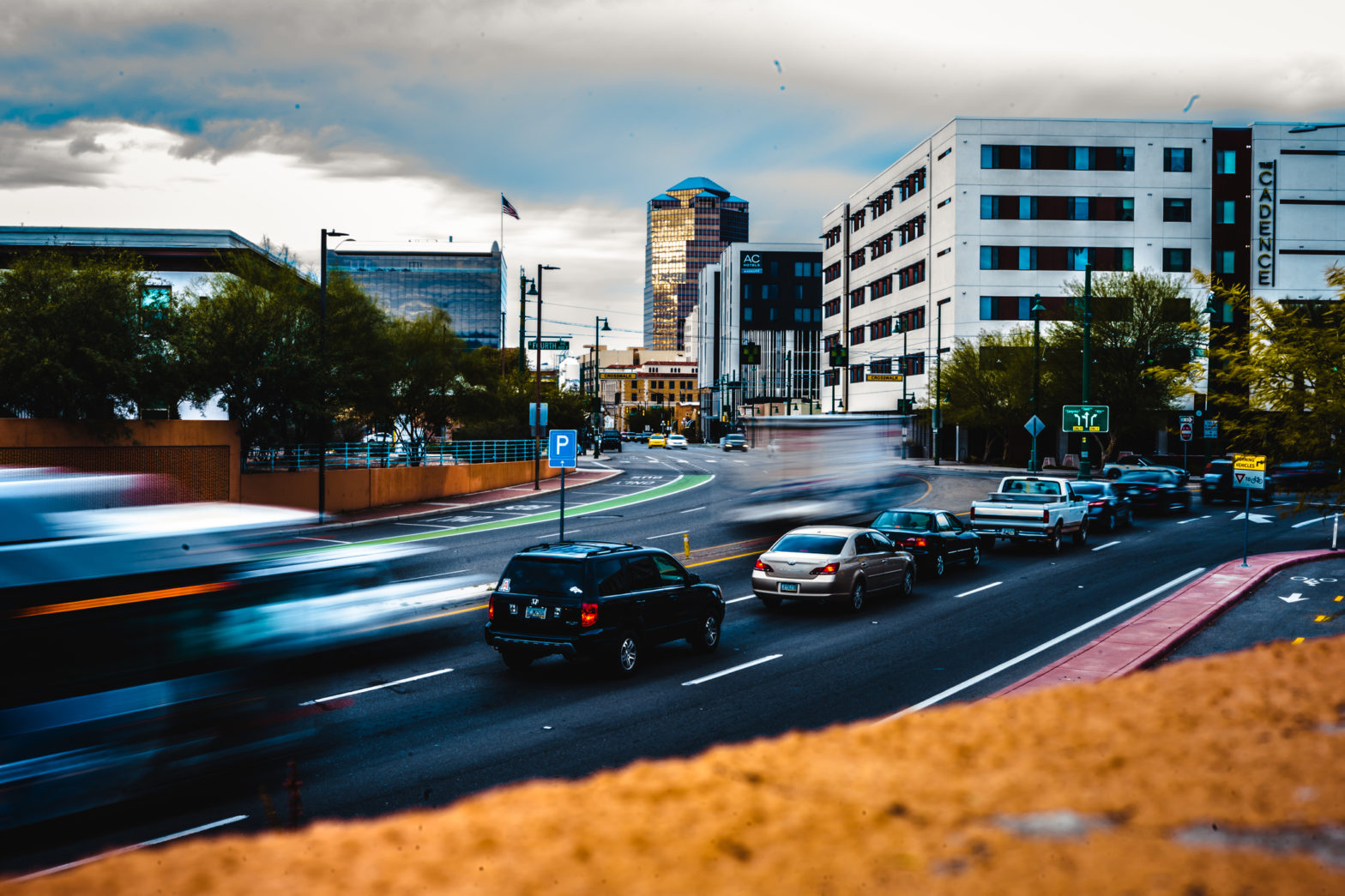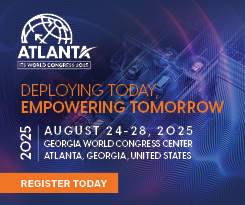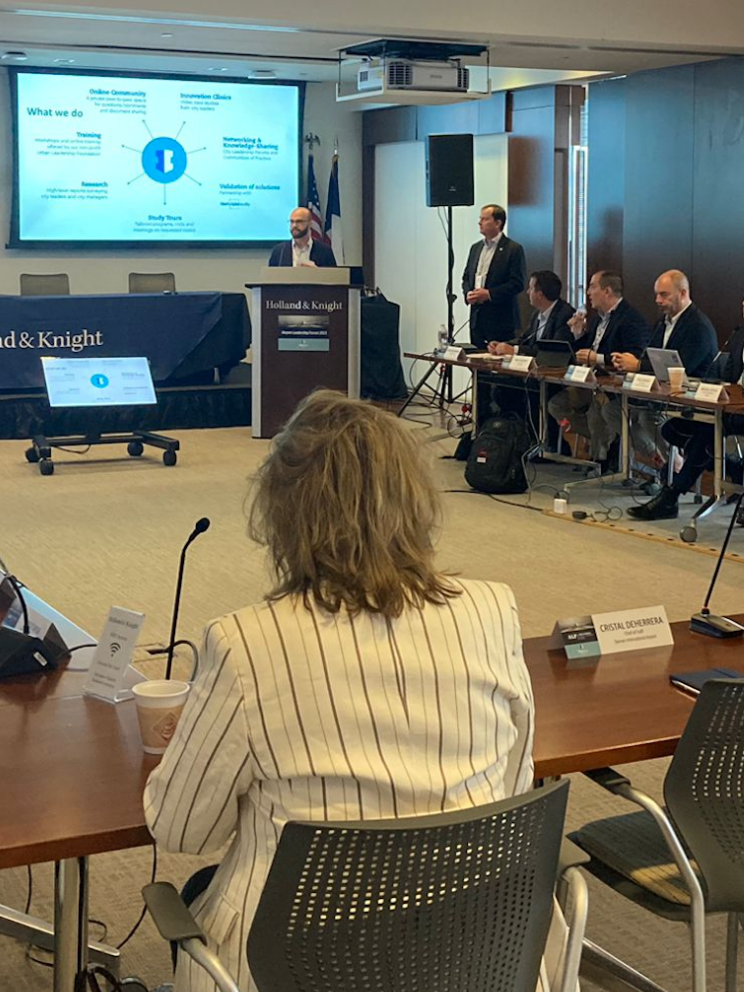
Tucson cuts congestion by 46 percent with AI
03 February 2025
by Jonathan Andrews
Tucson, Arizona, has seen significant improvements in traffic flow and safety following the implementation of an AI-powered traffic management system across more than 80 intersections.
During peak travel times, the NoTraffic AI mobility platform has reduced road delays by up to 46 percent and cut peak queue lengths by 800 metres. An earlier deployment on Tucson’s West Ajo Way led to a 23 percent average reduction in driver delays.
According to NVIDIA, whose software powers the platform, it has saved local drivers more than 1.25 million hours previously lost in traffic, generating an estimated economic benefit of US$24.3 million.
“Ninety-nine percent of the world’s traffic signals run on fixed timing plans, leading to unnecessary congestion and delays,” said Adam Scraba, Director of Product Marketing, NVIDIA. “To reduce such inefficiencies, mitigate car accidents and reduce carbon emissions from vehicles, NoTraffic’s AI Mobility platform predicts road scenarios, helps ensure continuous traffic flow, minimises stops and optimises safety at intersections across the US, Canada and elsewhere.”
Safety has also improved at intersections, with red-light violations dropping by nearly 80 percent. By reducing idle times and optimising signal changes, No Traffic reports that it has helped drivers save over US$1.6 million in fuel costs while also lowering carbon emissions—an environmental impact comparable to planting 650,000 trees.
AI and 5G power smarter traffic management
The system used in Tucson is part of a broader AI mobility platform deployed across North America. It integrates AI-driven software with real-time traffic data processing to optimise signal timing at both individual intersections and city-wide networks.
Built on NVIDIA’s Jetson edge AI platform, the system processes data locally and uses cloud connectivity to predict road conditions and adjust traffic signals accordingly. The technology improves efficiency by analysing multiple traffic scenarios in real time.
Similar AI-based traffic solutions are being implemented in other cities, including Vancouver, where the University of British Columbia has paired the system with Rogers Communications’ 5G network.
The improved speed and reduced latency of 5G networks means traffic data can be processed in real time. Both companies report that it has reduced pedestrian delays by up to 40 percent and cut 74 tons of carbon dioxide emissions annually.
Beyond Tucson and Vancouver, the AI-powered traffic management system is in use in Phoenix, Baltimore, and across 35 US states, covering more than 200 agencies.
Image: Paulryantanner | Dreamstime.com







